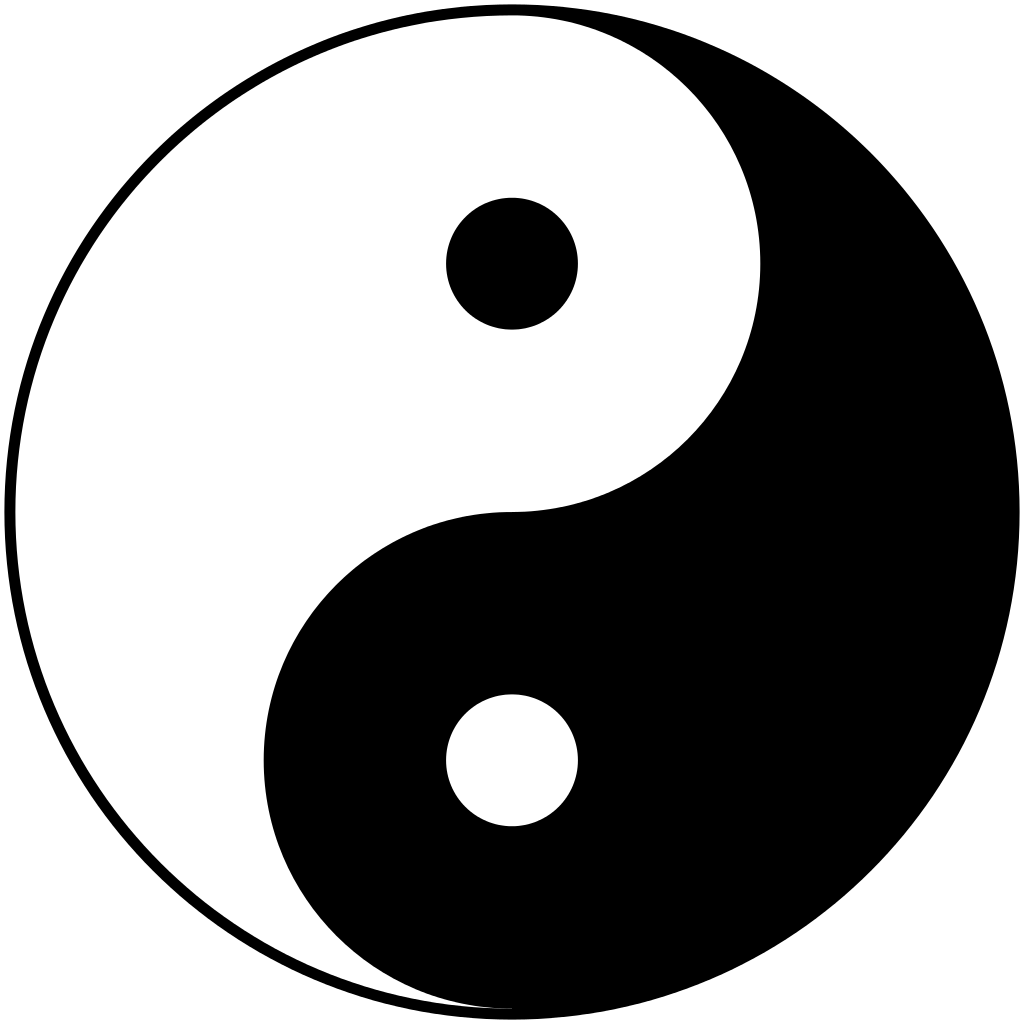Taoism has been the wellspring of Chinese philosophy since before recorded history. It teaches us practical principles rooted in the understanding of natural forces at work in us and in the world surrounding us and is the glue that sticks all the Lee style Arts together. As Chee Soo would say each aspect is like the fingers on your hand, all work together to give a strong grip on the subject. Integrating Taoist philosophy into various disciplines such as Lee style Tai Chi, Feng Shou Kung Fu, Kai Men Qigong, energy meridian massage, and the Chang Ming diet forms a comprehensive approach to health and well-being. Here’s a more detailed and cohesive narrative under five major headings:
1. Harmonizing with Natural Rhythms
Tai Chi and Feng Shou Kung Fu
Both these practices embody the Taoist principle of living in sync with nature. In Tai Chi, this is reflected in the fluid, graceful movements that mimic the effortless flow of natural phenomena. Feng Shou Kung Fu further exemplifies this by teaching practitioners to adapt to and use an opponent’s energy, rather than confronting it head-on. This harmonization with external forces is a direct application of the Taoist ethos of blending with the natural world.
Kai Men Qigong
Kai Men Qigong’s exercises are designed to open the body’s energy channels, promoting the free flow of Qi. This practice aligns closely with the Taoist view of ensuring that one’s internal energy harmonizes with the rhythms of the natural world.
2. Balancing Yin and Yang
In Lee style Tai Chi and Feng Shou Kung Fu, the balance of Yin (softness, receptivity) and Yang (strength, action) is crucial. Tai Chi’s movements are a dance of these dual forces, achieving a dynamic equilibrium that mirrors the Taoist pursuit of balance in all aspects of life. Feng Shou leverages this interplay in combat, blending softness and strength to respond effectively to various situations. Yin and Yang are also fundamental principles in Chinese Medicine and the Health Arts. Yin is the cooling and regenerating aspect of the mind and body, Yang is the warming and motive principle, both are kept in balance by each other.
3. Cultivating and Directing Qi
Energy Practices in Martial Arts and Qigong
The cultivation of Qi is integral to both Tai Chi and Feng Shou, as well as in Kai Men Qigong. These practices focus on harnessing and directing this vital energy throughout the body, enhancing physical, emotional, and spiritual well-being. This focus on Qi reflects the Taoist principle of the primacy of life energy in maintaining health and harmony.
4. Practical Application and Inner Development
Self-Defense and Health
While Tai Chi and Feng Shou Kung Fu are martial arts, their primary focus is not on competition but on self-defence, personal growth, and health. They offer practical techniques for physical defense while also promoting mental and spiritual development, aligning with the Taoist principle of holistic self-cultivation.
5. Taoist Principles in Diet and Wellness
Chang Ming and Energy Meridian Massage
The Chang Ming diet emphasizes natural, balanced nutrition, resonating with the Taoist idea of living by nature. It focuses on whole, unprocessed foods to promote longevity and vitality. Similarly, energy meridian massage in Taoist practice enhances Qi flow and balances the body’s energy, holistically supporting overall health.
In summary, these five aspects showcase how Taoist philosophy is intricately woven into various practices. Whether through harmonious movements in martial arts, the balancing of energies, the cultivation of Qi, practical self-defence, or dietary and wellness practices, Taoism offers a comprehensive framework for achieving balance, harmony, and wellness in all facets of life.
